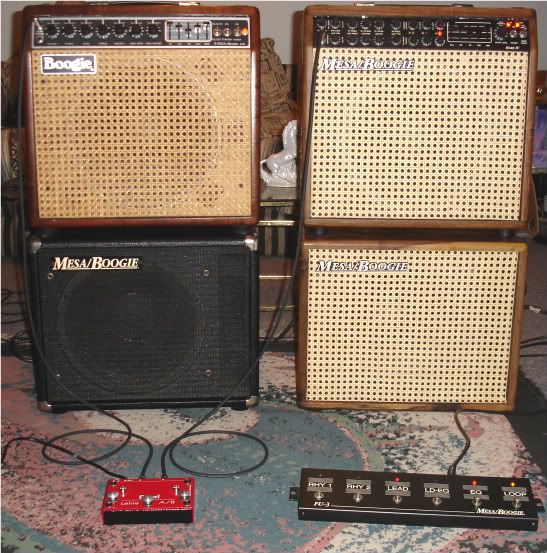I have never played a soloist,but I used to own a flying v..a few...the pc-1 has some weight/mass-if you closed your eyes and picked it up ,it would feel more like a les paul custom-I like the compound radius neck-the action is very low close to the nut...barre chords are sooo easy...not sure about the fender neck comparison I am about to make, but maybe a c style neck??whichever one is known for super easy chording(I had a cbs strat with this style neck..not sure.it suffered when you got into the upper register for the fast lead stuff..)this is where compound radius shines-hit 12 fret and up,and the radius allows for low action/fast neck as well..the neck is a hand full-from what I have read on jackson forum,it is fatter than the typical soloist-I like it..it fills out your palm..big frets-mine has the older headstock-i dig the new headstocks(strat style)..radius should be the same-i would not consider it a typical shred neck-more of an all arounder-it is like a paul in super strat clothing
-i like the sustainers..cool if you like to dial in some delay and wank on the floyd
-not a big fan of the bridge pup,but it is voiced for a mid scoop style set up-allows you to dial in a lot of gain-typical ceramic pup..the key is the gain -works well with my mk iv,but i am thinking about dropping aan alnico in it
beautiful finish!!I went with rootbeer(it blends with the "brown back")
-the resale looks to be a little low on these guys right now..should be able to snag a good deal on a used one-bought mine brand new,but I am a lefty..I cant be too choosy

decent case,but little in terms of paperwork/care of instrument/general info...stuff you usually get with a new purchase-they need to include info on sustainer system,for instance...somewhat of a mystery in the beginning..which switch controls which function
as always, play one first_I did not, but I dig it!


